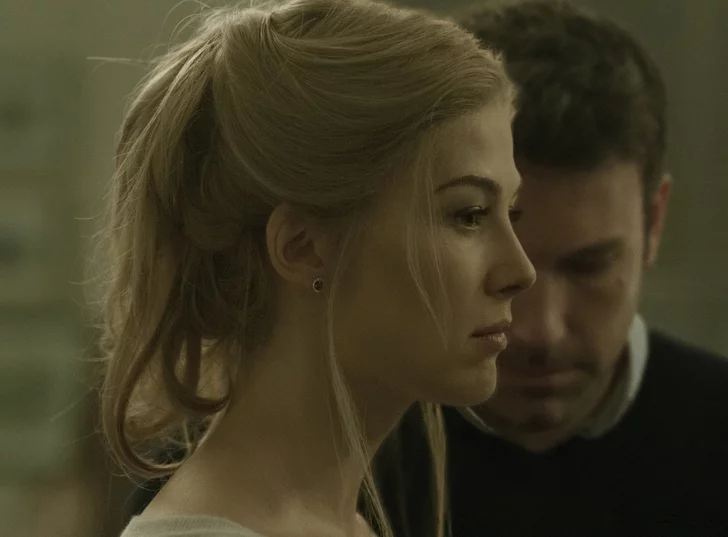“…Cool Girls are above all hot. Hot and understanding. Cool Girls never get angry; they only smile in a chagrined, loving manner and let their men do whatever they want. Go ahead, shit on me, I don’t mind, I’m the Cool Girl.”
Gillian Flynn, Gone Girl
Above is an excerpt from the iconic Amy Dunne monologue in Gillian Flynn’s Gone Girl. The rant criticizes and mocks a common male fantasy—the cool girl—in an unforgiving and relentless manner. This particular section makes a point on the unattractiveness of anger in women and how compliance is deemed desirable. This theme occurs commonly in film and literature, and when closely looked at, it reveals itself to be a reflection of ourselves, and the reality women live in.
In a long history of poorly written female characters in film and literature, female rage breaks through a suffocating fog of stereotypes that present women and girls in a repetitive and shallow way. From the girl next door to the manic pixie dream girl, the media has curated several tropes and archetypes that purely satisfy the male gaze. Rage often acts as the driving force behind more complex and dark characters–ones you can’t stop watching on screen, or reading on a page. Women in fiction are rarely depicted with such rage unless they’re a femme fatale: an archetype that presents power in women as something purely sexual.
However, when anger or power is written into a female character for the purpose of something that she wants–something other than a man–it allows her to exist outside of the harmful and objectifying expectations used to depict women in the media. The further the boundaries are pushed, the closer we get to realistic and complex female characters. It throws away subtlety and replaces it with unapologetic storytelling.
For example, in Darren Aronofsky’s Black Swan, Nina (the protagonist and a dancer) spirals into madness to achieve beyond perfection in her ballet performance. Her desire to achieve greatness in her craft is desperate and potent. The film allows for femininity and anger to exist within the same space, both manifesting into something compelling and unique. As Nina’s desire as a woman is hungry for something other than a romantic interest, the story might seem jarring to some because it’s rare for the spotlight to be on a woman’s individuality and drive, especially for it to be explored with such intensity. The real life instances of this is when young girls are discouraged to pursue a career in male dominated fields, or shamed for their success because they should apparently be more focused on family/children.That being said, the film at its core is a depiction of obsession to achieve perfection. Something that exists in women, just as much as it exists in men.
Well written characters aren’t always meant to be likable, or even good people. That reigns true even for characters that fall under the category of female rage. For instance, author Ottesa Moshfegh is notorious for writing characters that one might label unlikable. In the majority of her discography, her main characters are unhinged,unstable women, festering in their own despair. Despite that, they still feel undeniably real, and of course, angry.
In the same way people have differing opinions about one person, when there’s varying judgment or gray area in a character’s likeability, it’s often a sign that the character at hand is well written. Notable examples of such include the female characters of Euphoria– Rue, Jules, Cassie, Maddie, Lexi and Kat. During the release of Euphoria’s second season, there was active weekly online discourse around each episode. The offense and defense of these characters varied so widely that it almost felt like a discussion of real people. The argument centered around these women’s intentions, morals, and decisions, not just their love interests, but their identities.
Rage acts as a catalyst for everything women and girls are encouraged not to be or not to feel. Yet the rage that is instilled in female characters is often what makes them mimic reality so well. There is no other emotion that could achieve the same breaking of expectations that rage does. So often in reality women are met with invalidation to their anger or frustration, seeing it played out in fiction almost provides a sense of relatability that we so desperately crave.
Ultimately, the way we feel and react to the characters in which we have such immense love or hate for, says more about us than we realize. That odd familiarity felt when watching and reading about these said characters, is not much different than looking into a mirror.

Leave a Reply